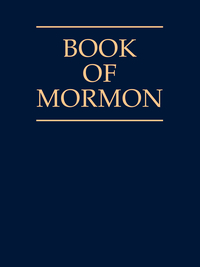New Testament General Articles
[biblio scripture='new testament' sort="author"]
Matthew
[biblio scripture='Matthew' sort="author"]
Mark
[biblio scripture='Mark' sort="author"]
Luke
[biblio scripture='Luke' sort="author"]
John
[biblio scripture='John' not_scripture='1 John,2 John,3 John,' sort="author"]
Acts
[biblio scripture='Acts' sort="author"]
Romans
[biblio scripture='Romans' sort="author"]
1 Corinthians
[biblio scripture='1 Corinthians' sort="author"]
2 Corinthians
[biblio scripture='2 Corinthians' sort="author"]
Galatians
[biblio scripture='Galatians' sort="author"]
Ephesians
[biblio scripture='Ephesians' sort="author"]
Philippians
[biblio scripture='Philippians' sort="author"]
Colossians
[biblio scripture='Colossians' sort="author"]
1 Thessalonians
[biblio scripture='1 Thessalonians' sort="author"]
2 Thessalonians
[biblio scripture='2 Thessalonians' sort="author"]
1 Timothy
[biblio scripture='1 Timothy' sort="author"]
2 Timothy
[biblio scripture='2 Timothy' sort="author"]
Titus
[biblio scripture='Titus' sort="author"]
Philemon
[biblio scripture='Philemon' sort="author"]
Hebrews
[biblio scripture='Hebrews' sort="author"]
James
[biblio scripture='James' sort="author"]
1 Peter
[biblio scripture='1 Peter' sort="author"]
2 Peter
[biblio scripture='2 Peter' sort="author"]
1 John
[biblio scripture='1 John' sort="author"]
2 John
[biblio scripture='2 John' sort="author"]
3 John
[biblio scripture='3 John' sort="author"]
Jude
[biblio scripture='Jude' sort="author"]
Revelation
[biblio scripture='Revelation' sort="author"]








